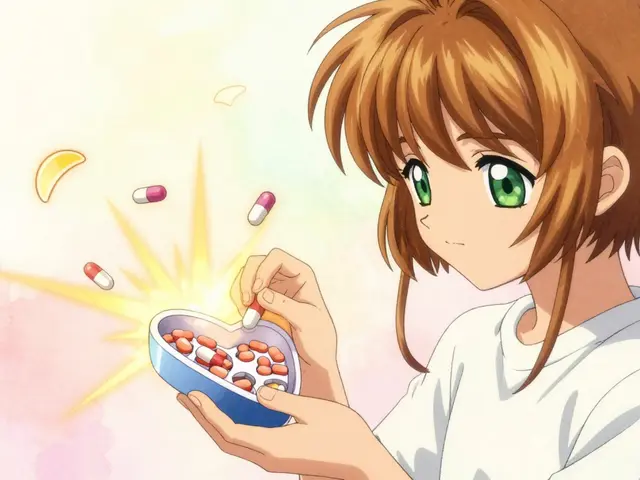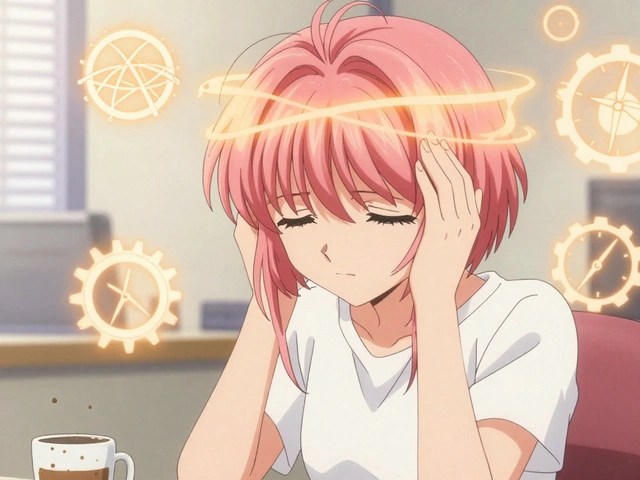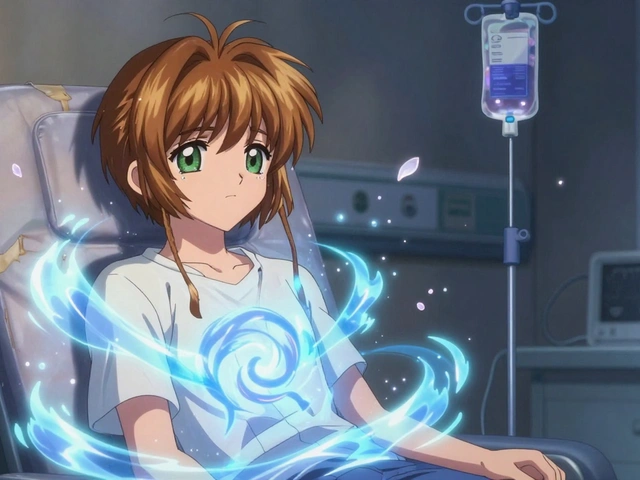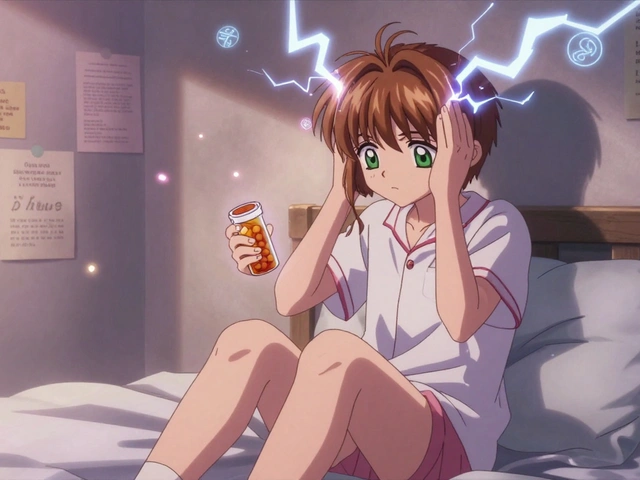Acne Remedies: What Actually Helps Your Skin
Acne hits most people at some point — about 85% will deal with it. The good news: you don’t need every trendy product to get clearer skin. Pick a few proven steps, be consistent, and watch how your skin responds over weeks, not days.
At-home options that help
Start with a gentle routine. Use a mild cleanser twice daily and avoid harsh scrubs that irritate skin. Look for active ingredients that work: salicylic acid (0.5–2%) helps unclog pores, benzoyl peroxide (2.5–5%) kills bacteria and reduces inflammation, and topical retinoids like adapalene 0.1% speed cell turnover.
Apply benzoyl peroxide to oily or spot-prone areas, but do a patch test first—it can bleach fabrics and irritate sensitive skin. Use retinoids at night and expect peeling or dryness during the first 2–6 weeks; start every other night if needed. Always pair actives with a non-comedogenic moisturizer to reduce flaky skin.
Sunscreen matters. Some acne drugs make skin more sun-sensitive, so use a broad-spectrum SPF 30+ daily. Choose oil-free formulas labeled non-comedogenic. Also, stop picking or popping pimples — that increases scarring risk and inflammation.
Simple lifestyle tweaks help too: sleep, stress control, and a low-glycemic diet can reduce flare-ups for some people. If dairy seems linked to your breakouts, try reducing it for a few weeks to test the effect. These changes aren’t instant fixes but support other treatments.
Medical treatments and when to see a doctor
If OTC steps don’t cut it after 8–12 weeks, or if you have painful nodules, cysts, or scarring, talk to a dermatologist. Prescription options include stronger topical retinoids, topical or oral antibiotics for short courses, hormonal treatments like combined birth control pills, and spironolactone for women with hormonal acne.
Isotretinoin (Accutane) is reserved for severe, scarring, or treatment-resistant acne. It can be life-changing but requires medical monitoring because of serious potential side effects. Your dermatologist will review blood tests and pregnancy prevention if applicable.
Professional procedures can speed results: chemical peels, light or laser therapy, and in-office extractions reduce inflammation and clear stubborn lesions. These work best when paired with a solid home routine.
Realistic timeline: expect visible improvement in 6–12 weeks for many treatments; full benefits of retinoids and hormonal therapy can take 3–6 months. If your skin gets worse quickly, or you notice severe redness, swelling, or pain, contact a clinician sooner.
Want a straightforward starter plan? Use a salicylic cleanser, apply benzoyl peroxide at night on trouble spots, add adapalene nightly after two weeks, moisturize, and wear sunscreen daily. Adjust based on how your skin reacts and seek professional help for persistent or severe acne.
Exploring 9 Effective Alternatives to Isofair for Acne Treatment
Finding the right solution for acne can significantly change one's skincare journey, especially for those looking for alternatives to Isofair. With options ranging from prescription medications like Spironolactone and Doxycycline to skincare products such as AcneFree Sulfur Mask and La Roche-Posay Effaclar Duo, there's a solution for every skin type and need. This article explores these varied options, discussing their benefits and drawbacks to aid you in making an informed choice. Understanding each alternative allows users to tackle acne more effectively and choose a regimen suited to their personal needs. Dive into the world of skincare with these nine noteworthy alternatives.






